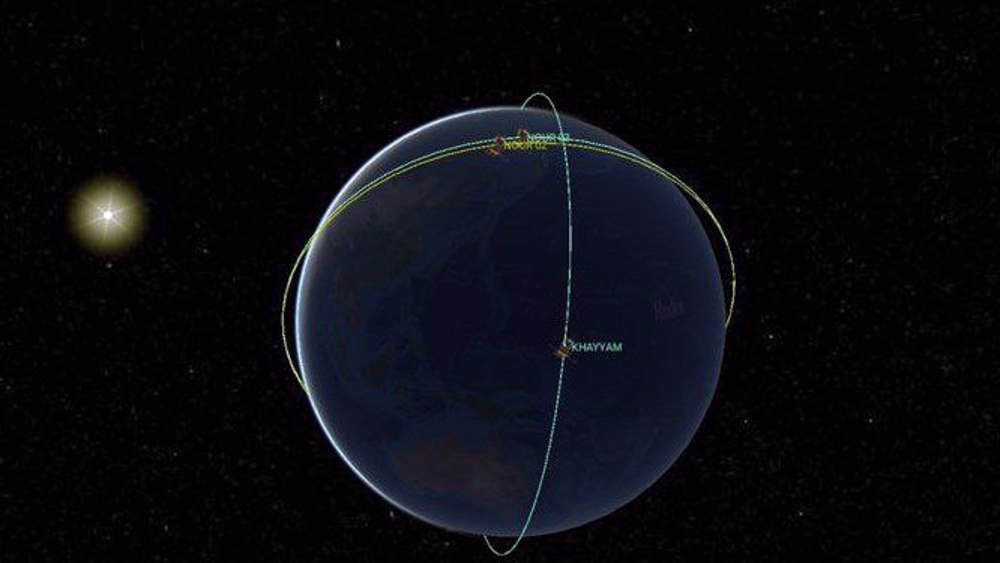NASA spacecraft flies by Pluto, leaves 'hallmark in human history'
A tiny US spacecraft has made a historic flyby passing the planet Pluto after a decade-long journey from the Earth.
NASA announced on Tuesday that the flyby took place at 1149 GMT with the aircraft running on auto-pilot.
"The New Horizons spacecraft passes its closest approach mark at Pluto after a three billion mile (4.82 billion kilometers) journey," NASA said.
NASA's head of the science mission directorate, John Grunsfeld, described the achievement as a true "hallmark in human history."
"It is a moment of celebration," said New Horizons' principal investigator, Alan Stern, adding, "The initial reconnaissance of the Solar System," which began "more than 50 years ago," has now come to an end.
Experts had estimated a one in 10,000 chance that the spaceship, which is the size of a small piano, would collide with debris in the region known as the Kuiper Belt.
NASA now awaits a signal from the spacecraft to see whether it has survived the flyby.
New Horizons has seven scientific instruments on it to show details of the surface, geology and atmosphere of Pluto and its five moons.
Already, scientists have learned from the spacecraft that Pluto is about 20 to 30 kilometers larger than previously estimated and has a radius of 1,185 kilometers (736 miles).
Scientists have also confirmed that Pluto has a polar ice cap and nitrogen in its atmosphere.
In 2006, Pluto was downgraded from planet to "dwarf planet" status due to the celestial body's small size. It is the largest and second known dwarf planet in the Solar System and the ninth-largest object directly orbiting the Sun.
Iran urges Security Council to address 'belligerent' Israel's atrocities in Gaza, region
VIDEO | Leader meets workers on Labor Week
French police called in to break up US-style pro-Palestinian student demo
VIDEO | US continues starving Syrians, stealing their resources
Yemeni forces strike Israeli ship, Port of Eilat in solidarity with Gaza
Columbia, Yale students bent on ending US support for Israeli genocide
VIDEO | Genocide in Gaza
Iran calls on BRICS to play role in stopping Israeli crimes










 This makes it easy to access the Press TV website
This makes it easy to access the Press TV website